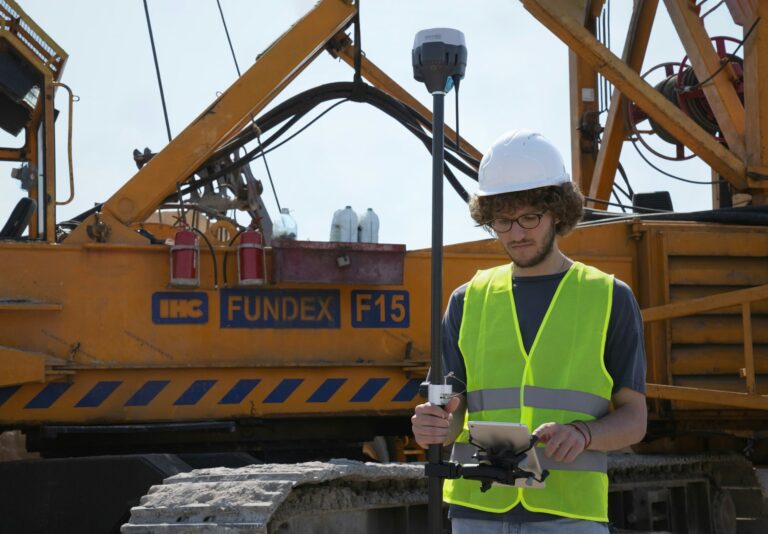In the constantly changing realm of wireless connections, NUage Wireless LLC has risen as an innovative, pioneering brand with a purpose. From the beginning, their dedication to dependability, customer-centric service, and community empowerment has established them as a rapidly expanding entity in the wireless industry. Catering to the frequently neglected areas of America, NUage Wireless goes beyond merely delivering internet—it aims to change lives, one connection at a time.
As a notable success in the Nomad Wholesale Hall of Fame, NUage Wireless embodies the determination, effort, and passion that fuels the Nomad Wholesale community. With engaged customers, relentless drive, and a strong commitment to supporting their community, NUage demonstrates that wireless innovation isn’t solely born in Silicon Valley skyscrapers—it also emerges from small towns, dedicated entrepreneurs, and ordinary people addressing genuine challenges.
The NUage Philosophy: Empowerment Through Connectivity
What distinguishes NUage Wireless is not merely their service—it’s their mission. In numerous areas of rural and suburban America, dependable internet connectivity continues to be maddeningly inaccessible. NUage identified this critical gap and chose not to wait for large telecoms to step in. Instead, they built their own bridge.
Their brand, bold by design, speaks to their ambition: NUage (pronounced “new-age”) signals a fresh approach to wireless solutions, one where local knowledge meets enterprise-grade service. Rather than sticking to saturated urban markets, NUage went straight to underserved areas—those communities that traditional ISPs have long ignored. And it paid off.
Their approach is simple yet powerful:
- Put customers first
- Deliver consistently reliable service
- Keep pricing transparent and fair
- Support local communities
This mission has cultivated a fiercely loyal customer base and explosive word-of-mouth growth. Whether it’s a remote rancher needing connectivity for work or a family homeschooling children, NUage has stepped in with solutions that make a tangible difference.
Powered by Nomad Internet Wholesale: A New Era of ISP Ownership
Behind NUage Wireless’s meteoric rise is a revolutionary platform that’s quietly reshaping how America connects: Nomad Internet Wholesale.
Launched by Nomad Internet, one of the country’s leading wireless internet service providers, Nomad Wholesale is a business-in-a-box solution that empowers everyday entrepreneurs to launch and run their own ISP. The goal? To decentralize internet access, remove the old gatekeepers, and hand control back to local innovators.
NUage Wireless grabbed this opportunity and ran with it.
By leveraging the Nomad Wholesale model, NUage was able to:
- Skip the massive infrastructure costs.
- Access the same carrier relationships as big telecom companies
- Launch with minimal overhead
- Own their pricing, branding, and customer service
- Scale quickly without compromising quality
In the words of Jaden Garza, CINO of Nomad Internet, “This isn’t about building another telecom giant—it’s about creating thousands of local providers who understand their communities’ needs better than any massive corporation ever could.”
Local Hustle Meets National Backbone
NUage Wireless thrives because it blends grassroots determination with enterprise-grade tools. While they handle the face-to-face customer relationships, Nomad Internet Wholesale manages the backend:
- Nationwide wireless coverage without building towers
- Seamless equipment logistics and support
- Fully automated billing and customer management
- Tested, reliable hardware that’s plug-and-play
- Real-time tech assistance when needed
This partnership allows NUage to focus on what they do best—connecting communities and supporting customers—while still operating at the level of a major ISP.
The result? A nimble, responsive provider that feels personal but performs at scale.
Real Impact, Real Stories
The true power of NUage Wireless is felt in the homes and businesses they serve. From remote farming families finally able to access telehealth and online schooling, to local startups that now operate in the digital economy thanks to stable internet—NUage isn’t just selling data, they’re building futures.
Their rapid expansion is a testament to both demand and delivery. They’re not merely following a trend—they’re initiating a movement.
Furthermore, it goes beyond mere commerce. NUage is dedicated to community engagement—organizing local events, offering discounts for seniors and veterans, and remaining present in the neighborhoods they support. They are demonstrating that having internet access is not a privilege; it’s essential, and everyone is entitled to a dependable connection.
The Bigger Picture: Decentralizing the Internet
The story of NUage Wireless is also a glimpse into the future of connectivity in America. As the traditional ISP model becomes increasingly outdated, the Nomad Internet Wholesale initiative is empowering a new generation of providers—local heroes like NUage Wireless—who are rewriting the rules.
This decentralized approach not only provides options—it also reinstates dignity to marginalized areas by equipping them with the resources and collaborations to manage their connectivity. It’s quick, it’s adaptable, and it’s just.
As Mr. Garza puts it, “Imagine a world where every town has its internet provider, built by someone who truly understands that community. That’s the future we’re building.”
Final Thoughts
NUage Wireless LLC is more than a company—it’s a symbol of what happens when purpose meets opportunity. With the support of Nomad Internet Wholesale, they’ve become a beacon of innovation, resilience, and community-first service.
So here’s to NUage Wireless—and every entrepreneur with the courage to bridge the digital divide.
Welcome to the Nomad Wholesale Hall of Fame, NUage. Keep blazing the trail.











